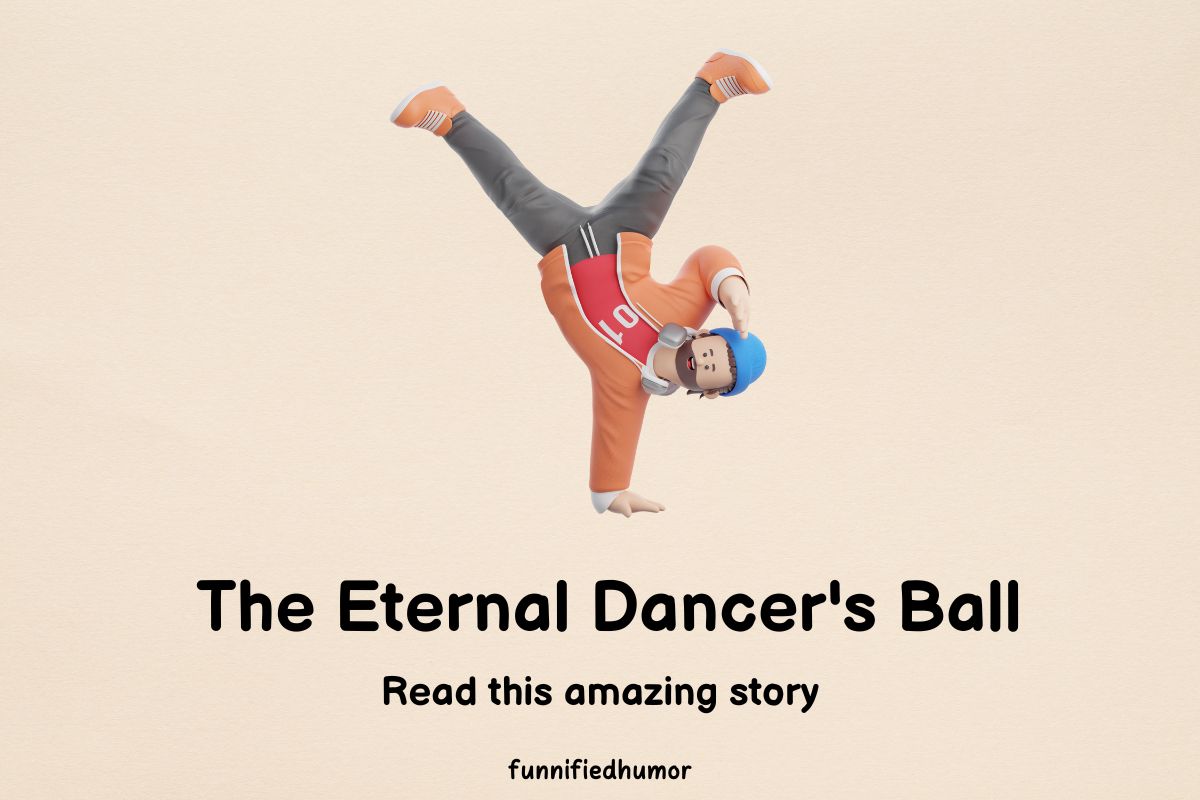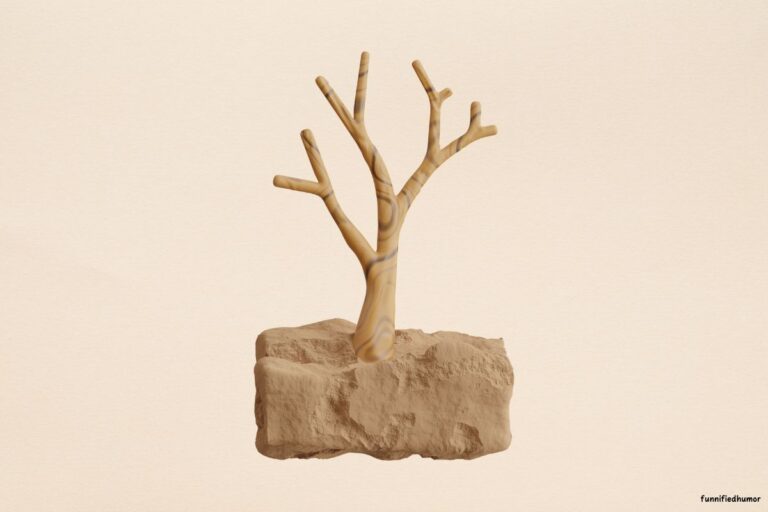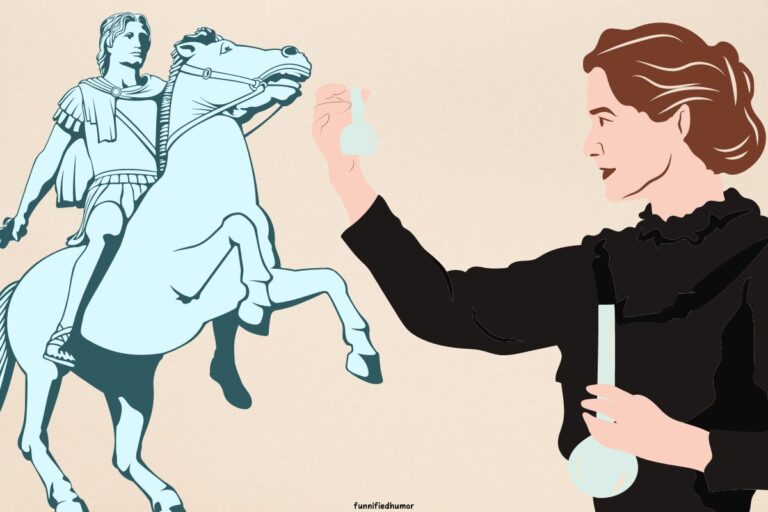The Eternal Dancer’s Ball

On a particularly drab afternoon, nestled between a pile of unpaid bills and magazines, Eleanor found a shimmering silver envelope. The delicate script on the front simply read: “For those seeking escape.”
Opening it, she found an invitation:
“You are cordially invited to the Timeless Ballroom. Step into the dance of history. Tonight at sunset. Wear your heart on your sleeve and your dancing shoes.“
Eleanor, having recently lost her mother to a prolonged illness, felt the weight of the world pressing down on her. She missed her mother’s warmth, her stories, and the way they would dance in their living room, laughing and spinning without a care. Maybe, she thought, just for tonight, she could escape her grief.
Arriving at the given address, Eleanor found herself at the entrance of a grand, opulent mansion, unlike any she’d seen in the city. The doors opened, revealing a vast ballroom illuminated with golden chandeliers. Dancers swirled across the floor, their outfits ranging from medieval gowns to flapper dresses and everything in-between.
She hesitated at the edge, watching the spectacle when a man in a World War I uniform approached, extending his hand, “Care for a dance?”
Eleanor nodded and took his hand. As they waltzed, the room transformed. She was no longer in the mansion, but in a war-torn city. She could hear the distant sounds of gunfire, but around her were men and women dancing, seeking a brief moment of respite and joy amidst the chaos.
“They danced to forget the horrors, if only for a night,” the soldier whispered.
The scene changed with the song. Eleanor now danced with a Victorian gentleman amidst the hustle of the Industrial Revolution. Then she was twirling with a Renaissance artist in Florence, the city alive with creativity.
Eleanor began to realize that the Timeless Ballroom was no ordinary place. With each dance, she was transported to a different era, each telling its own story of love, loss, joy, and sorrow.
During a pause, she was approached by a woman in a 1920s flapper dress, “You look like you carry a heavy heart,” she said, taking Eleanor’s hand.
“My mother,” Eleanor whispered, tears forming. “I miss her so much.”
The flapper woman nodded, “I lost my brother in the war. But here, I learned that no matter the era, the pain of loss is universal. Yet, so is love, hope, and the strength to move forward.”
They danced, the ballroom transforming into a lively 1920s jazz club. The flapper woman laughed, spinning Eleanor around, “Dance, my dear! Dance away the pain!”
Eleanor smiled, letting the music take her, feeling a connection to all those she danced with – a bond of shared humanity. The night wore on, and Eleanor danced with people from all walks of history.
As dawn approached, the ballroom began to shimmer, the edges blurring. Eleanor found herself standing at the entrance of the mansion, the Timeless Ballroom fading like a dream.
But the weight in her heart felt lighter.
The ballroom had shown her the universality of human emotions, making her feel less alone in her grief. She left with a renewed sense of hope, knowing that like the countless souls she danced with, she too could find her way forward.
Weeks after her visit to the Timeless Ballroom, Eleanor began to notice subtle changes in herself. She had a renewed appreciation for the fleeting moments that life presented and a deeper empathy for those around her.
The ballroom had given her a perspective that spanned centuries, making her current sorrows seem both deeply personal and universally shared.
One evening, as she was going through her mother’s old albums, Eleanor found a faded photograph of a young woman eerily similar to herself, dancing with a soldier.
The scene behind them looked much like the war-torn city she had witnessed in the Timeless Ballroom.
She turned the photo over, and there was a note, “Dancing to forget, if only for a night.” Eleanor’s heart raced. Could it be? Was it possible her mother had also visited the Timeless Ballroom?
Over the next few days, Eleanor began investigating her family history, looking for any connection to the Timeless Ballroom. She unearthed old diaries, letters, and stories passed down through generations. To her astonishment, several ancestors had hinted at a magical night of dancing through time.
The Timeless Ballroom wasn’t just an escape; it was a rite of passage in her family, a place where each generation learned the timeless dance of emotions, of love and loss.
One evening, as Eleanor was engrossed in a letter written by her great-great-grandmother, she felt a familiar tap on her shoulder. She turned to see the flapper woman, looking as vibrant as before.
“Missed me?” the woman teased with a grin.
“But… how? This isn’t the ballroom!”
The flapper woman winked, “Timeless doesn’t just mean through the ages, dear. It means everywhere and everywhen. Sometimes, the dance continues outside the ballroom.”
They danced there, in Eleanor’s living room, spinning and twirling just as Eleanor and her mother used to. With each step, Eleanor felt closer to her mother, as if the dance bridged the gap between life and the hereafter.
As the dance ended, the flapper woman whispered, “Your mother is with you, in every heartbeat, every tear, and every joy. She’s part of your dance.”
With a soft smile, the flapper woman faded away, leaving Eleanor alone but with a warmth in her heart.
Years passed, and life went on. Eleanor often shared tales of the Timeless Ballroom with her children and grandchildren. It became a cherished family legend.
One day, an elderly Eleanor, sitting on her porch and watching her granddaughter play, felt a peculiar breeze. She looked up to see the flapper woman, still radiant and ageless.
“It’s almost time for another dance,” she said with a knowing smile.
Eleanor nodded, her old eyes sparkling, “I’ve been waiting.”
Together, they danced one last time, twirling and spinning, as Eleanor stepped into the next phase of her timeless journey.





